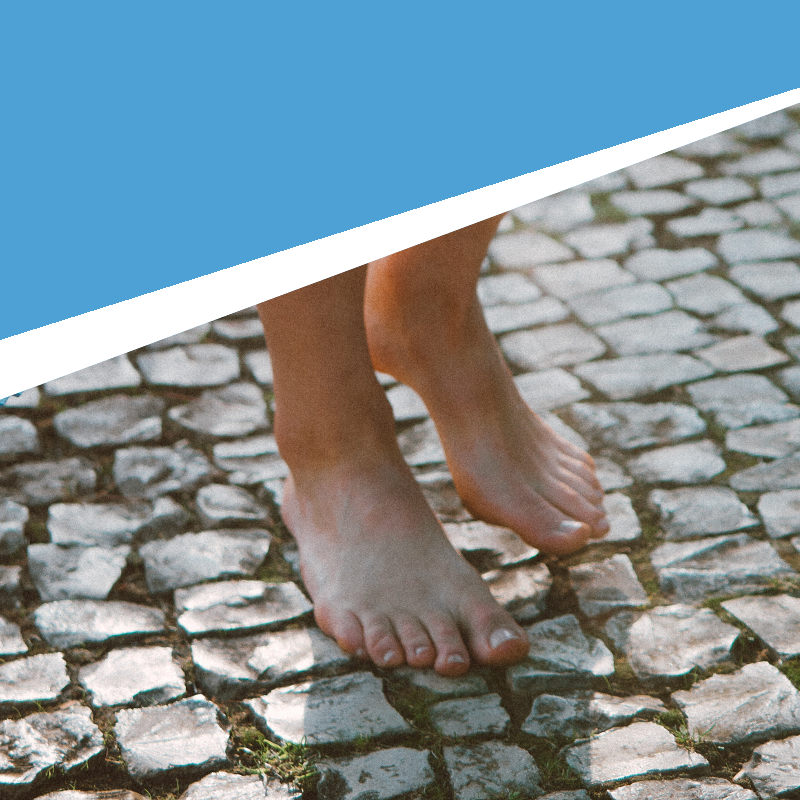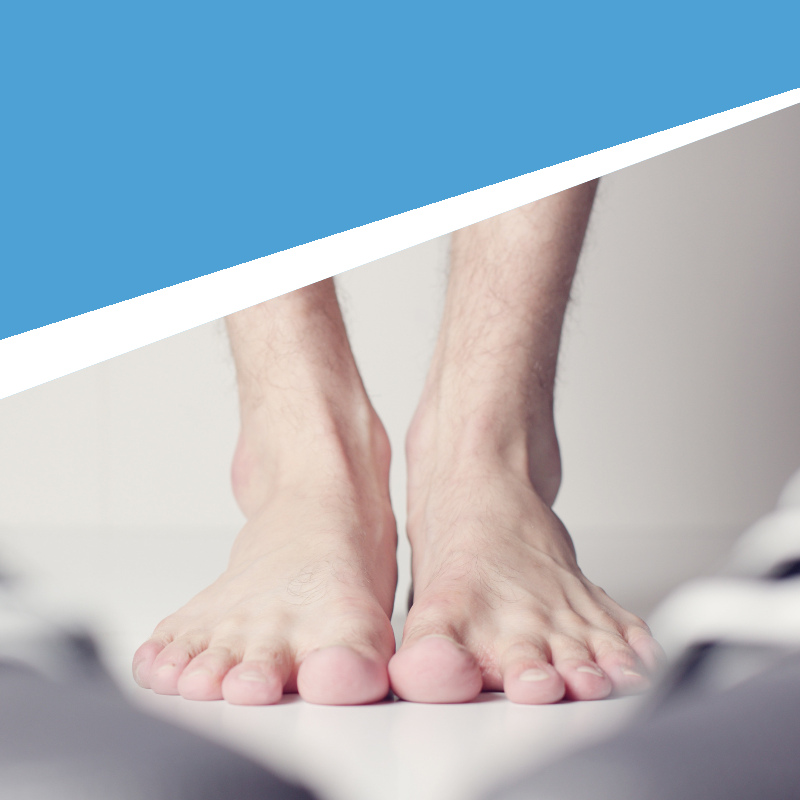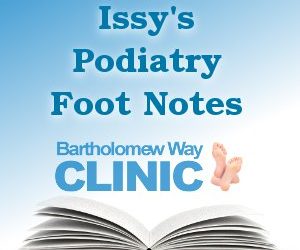What is over-pronation?
Depending on what you read around 60-70% of the population suffer from excessive or over pronation, but what determines what is ‘over or excessive’ when referring to pronation, there is no real criteria that says what is considered normal or more importantly abnormal. It is also important to point out that everyone pronates in their normal walking pattern, but its when we pronate to much that there is an issue, which can lead to a pathology with the foot or lower limb.
There is however a variety of theories of foot function:
- Sub-talar joint neutral theory
- Three rockers theory
- Sub-talar joint axis theory
- Tissue stress theory
- Kinetic chain theory
These theories should be applied by your podiatrist when looking at how the foot functions and if there is any pain present, and thus how to combat the pain.
It is possible for the foot to appear normal when sitting down with a clear arch present under the foot, however when you stand the arch becomes reduced, when walking the foot appears to roll inwards, this is what we call ‘over pronation’.
- Many people who ‘over pronate’ never have any issues throughout their lifetime, however some people have problems when they are much older and some people can have injuries at anytime in their life.
- Some examples of painful foot conditions that are present as a result of over pronation are; heel pain, plantar fasciitis, heel spurs, achilles tendonitis/ tendonosis, posterior tibial tendon dysfunction, in addition other parts of the body can also be affected such as knees, hips, lower back, and even the neck.
- There are many other causes of flat feet, these include obesity, pregnancy and or repetitive stress going through the feet, which can cause structures to get damaged.
- Over-pronated feet can also cause a complete loss in arch and become a flat foot.
Over Pronation Treatment and Prevention
- ‘Over pronation’ can be treated conservatively with orthoses/ insoles that depending on your level of ‘over-pronation’ need to be specific to you.
- Footwear should also been taken into consideration with the correct amount of support and cushioning.
- If there is pain with the foot position then the foot position needs to be addressed as well as the pain, therefore the symptoms need to be treated as well as the cause, usually being the foot position.
This is only touching the surface on what over pronation is; If you have any questions about any of the information above then please don’t hesitate to get in touch!!!




